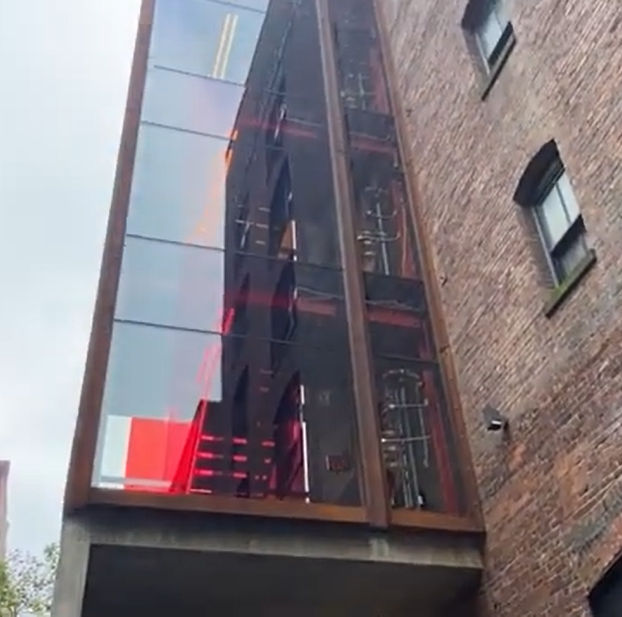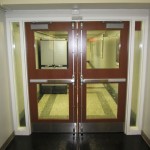When I read the Building Safety Journal article that I shared in yesterday’s post, I was thinking about fire rated glazing in stairwells, which was mentioned in the article. That made me head over to TGP’s website to see what was new, and I found a ton of great resources that I’ll be sharing in the coming months.
The Street Talk series is an on-demand video channel where the TGP team goes on location to visit building projects to highlight how fire-rated architectural glazing products were applied to solve design challenges. Check out the video below about a fire-rated stairwell that was added to a historic building in Seattle.
Connect with TGP on social media and stay up to date on what’s happening!
You need to login or register to bookmark/favorite this content.










Good video… short and to the point and not bogged down with technical minutia… that’s what the technical manuals are for. It’s nice to see that larger glass sizes can be used for architectural purposes, all the while maintaining critical fire protection.
In the video from today’s post, there is what appears to be colored film on part of the glass. How does this affect the fire rating? Does the film need to be provided by TGP or can it be added after and not void the rating?
Can you address the use of film on fire rated glass?
As TGP worked with the architect and building code officials, the stairwell was outside of the building structure and not all planes required a fire-rating. However, the entrances (doors, sidelites, and transoms) into the existing building structure were required to be fire-rated. Per the video commentary, “These requirements necessitated finding fire-rated and non-rated assemblies to create a cohesive design.”
Regarding surface films on fire-rated glazing…It is a good question to which there is not a one size fits all answer. Use of additional surface applied films or products for decorative or functional effect depends on a number of factors, including the specific glass type being used, the fire rated material OEM’s certified listing, and the specific film or product being applied. Typically, the combination needs to have been reviewed for use by either the independent third party responsible for the product’s certification (UL, Intertek | WHI, etc.) or have been approved by the local AHJ. Application of a film or other product, if not performed by the OEM, might be allowed for field application at the OEM’s discretion.